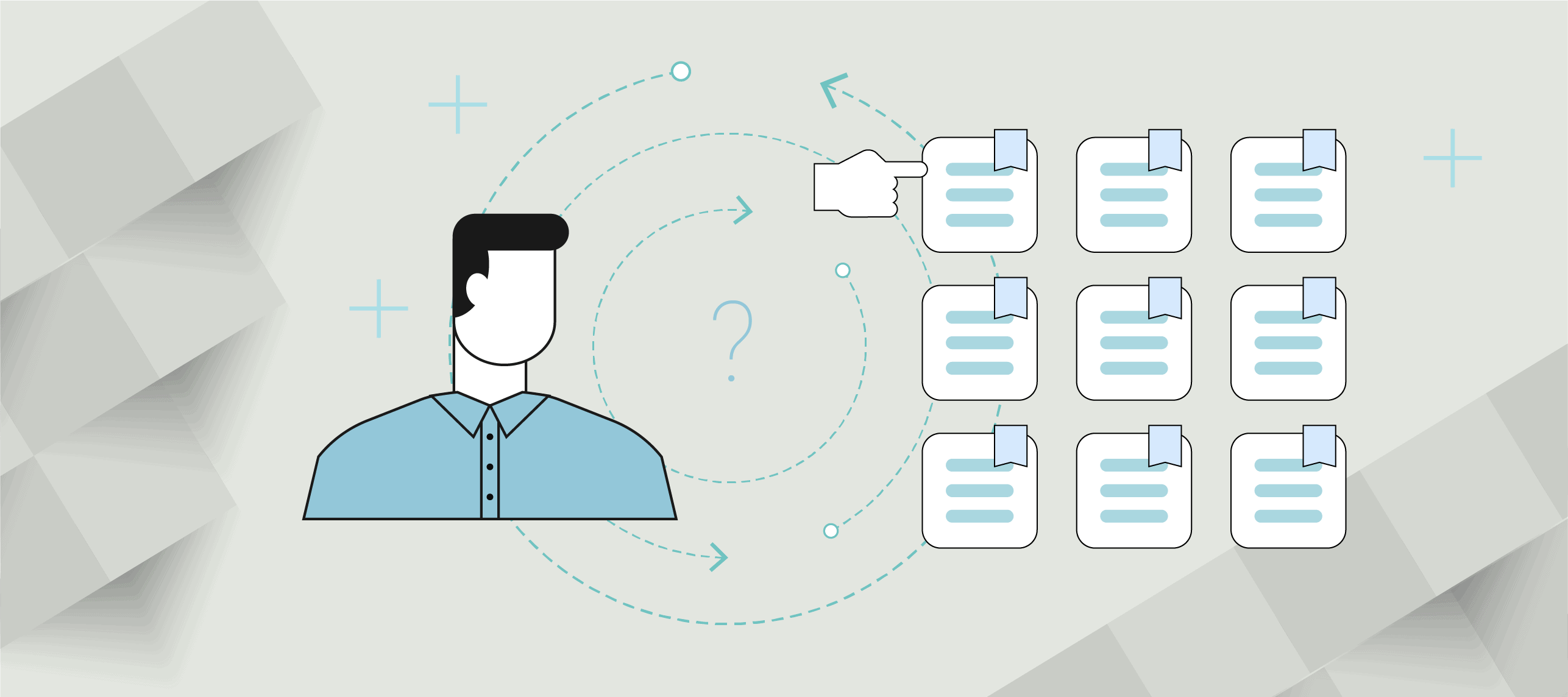Because you’re reading this blog, your role likely involves making purchases (occasionally or frequently) on behalf of your company. Perhaps you’re a product marketer, product manager, or data scientist. Perhaps you recently negotiated the purchase of new software, outsourced a research product, or hired an agency to help with product or content design.
Think back on one of your most recent evaluations: Did certain vendors make it easy to comprehend, evaluate and purchase their solution? Did others make it surprisingly difficult? Did you ask yourself why you had to work so hard to buy from them?
Many B2B solution providers unintentionally (and unknowingly) complicate the sales process for their prospective customers. In contrast, savvy vendors align their sales process to the way the market wants to buy. They make it easy for prospects to comprehend, evaluate and buy their solutions. In other words, they achieve sales alignment.
Examples of Sales Misalignment
At Clozd, we conduct thousands of in-depth buyer interviews each year on behalf of clients. In a surprising number of cases, hiccups in the sales process impede buyers from purchasing a best-in-class product or solution. What are these hiccups? Some common examples of sales misalignment that we observe include:
- Not offering robust self-education resources. Today’s buyers want to educate themselves as much as possible before engaging directly with your sales team. Buyers often become frustrated or disillusioned if you make it hard for them to do their own research. They expect easy access to detailed and relevant information. If you don’t provide it, you may never hear from them.
- Making it hard to access knowledgeable staff. Once the prospect is ready to talk, they expect quick access to someone knowledgeable. They don’t want to jump through “lead qualification” hoops. Don’t make it hard for them to get on a call with a knowledgeable salesperson who can answer their questions and address their specific concerns.
- Not adapting or personalizing demos. Prospects like to self-educate, but they also want to see your product or solution in action. As Meagan Headley points out in another Pragmatic blog post, more than 75% of B2B buyers rely on demos during the sales process. But, since they have already done a lot of research, they don’t want a generic walkthrough. They want a tailored demo that addresses their specific use case and needs. Buyers grow impatient and skeptical when salespeople are unable (or too lazy) to fully customize the demo.
- Losing trust by how you communicate pricing. Spencer Dent, a former case team leader for Bain & Company’s salesforce effectiveness practice, pointed out in a recent interview that “buyers don’t like black-box pricing. They want to understand how you came up with the price and how it will change … The more upfront you can be about pricing in terms of explaining the model, the range and the drivers, the more trust will be built.”
- Not providing user reviews and referrals. Today’s buyers are used to having easy access to product reviews and user communities in a B2C context. They want to be presented with similar opportunities in a B2B context. Align with this expectation by offering to share relevant customer references, case studies, user reviews, and so on. Get them in touch with other smart clients who have tackled similar challenges using your solution.
Diagnosing Sales Misalignment
So, which (if any) of these misalignments are your prospective clients experiencing? The best way to find out is to regularly talk with recent prospects about their evaluation experience. These so-called “post-decision” conversations are commonly referred to as win-loss interviews and, ultimately, they’re the most effective method for diagnosing sales misalignment.
Every B2B company should regularly conduct frequent, probing win-loss interviews with a sample of sales opportunities. If you don’t have the expertise or bandwidth to do them, then contract a third party for help. In each interview, talk with the buyer about their evaluation process and listen carefully to hear if hiccups in the sales process influenced their final decision. Some sales-related questions you may consider during a win-loss interview include:
- What was your impression of <company> after going through the sales process?
- What, if anything, was difficult or confusing during the buying process?
- How did you use <company>’s sales and marketing resources?
- What was it like working with the sales team?
- How well did they understand the needs of your business?
- How confident were you in their product knowledge and/or domain expertise?
- Did you interact with existing users or clients of <company> during your evaluation?
- If so, what influence did those interactions have on your final decision?
- How did your experience with <company> compare to your experience working with other vendors?
If possible, record each conversation. Tag meaningful themes and quotes from each interview to help you track trends across interviews. Publish each interview in a format that is easy to share with colleagues and company leaders.
By implementing a formal win-loss interview program you will gain clear and ongoing visibility into sales alignment. You will gain empathy for your buyers and the issues they are consistently running into. You will also benefit from their specific advice on how to fix them.
The program will also help you to prioritize the sales alignment issues you hear against other win-loss themes that emerge (e.g., product gaps, messaging gaps, pricing issues). Then, you will be empowered with data and customer stories that can help get key leaders on board with implementing the right changes.
As you look to get started, check out this previous Pragmatic blog post for some helpful tips and best practices about win-loss analysis.
Author
-

Andrew Peterson, a seasoned win-loss analysis professional, brings 15 years of expertise cultivated at Qualtrics and Clozd. His proficiency lies in deciphering insights to enhance B2B solution providers' win rates, refine products, and bolster their competitive edge. For questions or inquiries, please contact [email protected].
View all posts








